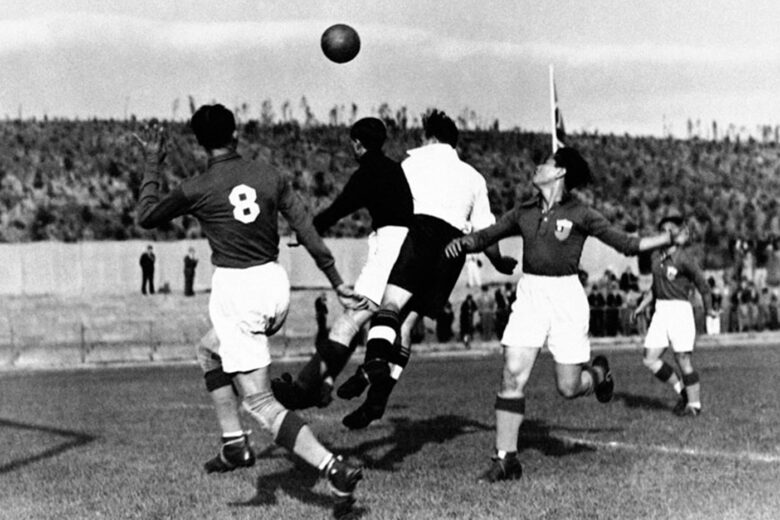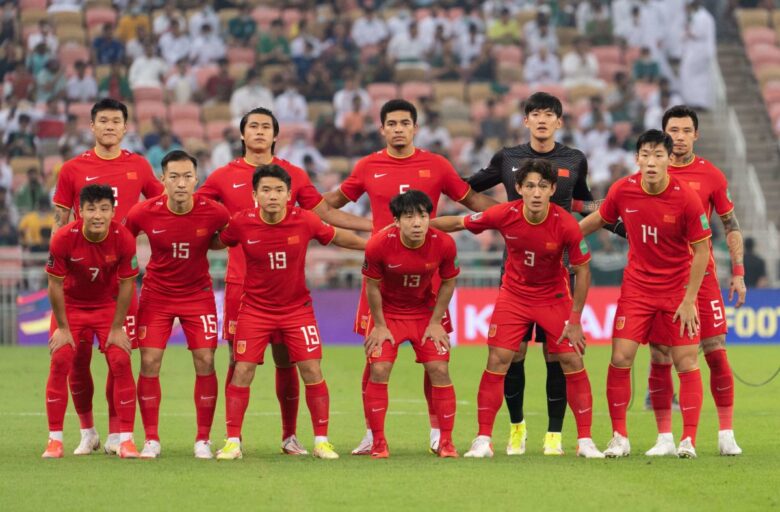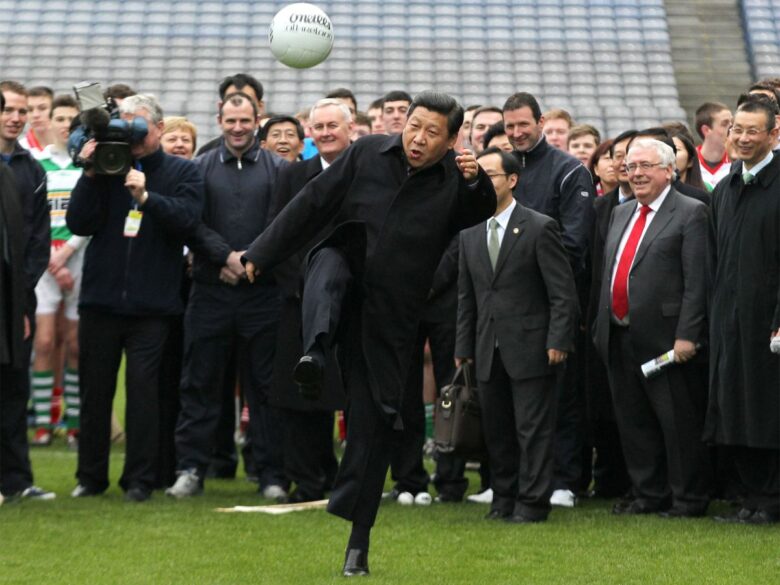In the vast landscape of global football, a new titan has emerged. China, a nation once considered a peripheral player, has catapulted itself into the limelight. This article delves into the intricate tapestry of China’s football revolution, unraveling the secrets behind the meteoric rise of the Chinese Super League (CSL).
The recent developments and the restructuring of the country’s league also opened doors to sports betting. It is now quite popular and sensible to follow the scores and have fan preferences in China because of how much betting has influenced the game. For more on this, visit Urheiluvedonlyönti.
Contents
Historical Background of Chinese Football

Source: zolimacitymag.com
Delving into the annals of Chinese football, one finds a sport that has been a part of the nation’s fabric for centuries. The ancient game of Cuju, recognized by FIFA as the earliest form of football, was played in China as far back as the Han Dynasty. Yet, despite this rich heritage, and modern way of playing it took a while to find its footing in China. The Chinese Football Association (CFA) was established only in 1924, and it wasn’t until 1955 that China participated in its first international competition.
The latter half of the 20th century saw the sport oscillating between periods of progress and stagnation. The Cultural Revolution (1966-1976) brought a temporary halt to the development of the sport. However, the 1980s and 1990s witnessed a resurgence, with China hosting the inaugural FIFA Women’s World Cup in 1991 and the men’s team qualifying for their first FIFA World Cup in 2002. Despite these milestones, the domestic league struggled with issues of corruption and match-fixing, casting a shadow over the sport.
The Birth of the Super League
The dawn of the new millennium brought with it a new era for Chinese football. The Chinese Super League was born in 2004, replacing the old Jia-A League. The CSL was envisioned as a fresh start, a platform to elevate Chinese football to international standards. The league started with 12 teams, a number that has since grown to 16, reflecting the growing popularity and competitiveness of the sport.
The Super League’s inception marked a significant shift in the Chinese football landscape. The league was structured to promote fair play and competitiveness, with stringent regulations to curb corruption. The introduction of the CSL brought about a renewed sense of optimism and excitement around football in China. The league’s matches attracted large crowds, and the sport began to regain its lost glory.
Financial Investments
The rise of the Super League can be attributed in part to the massive financial investments pumped into Chinese football. Chinese corporations, recognizing the potential as a lucrative business venture, began to invest heavily in the sport. These investments were not limited to club ownership; they extended to sponsorship deals, broadcasting rights, and infrastructure development.
The second wave of financial investment came from abroad. Foreign investors, enticed by the growing popularity of the sport in China, began to pour money into the Super League. This influx of foreign capital not only bolstered the financial strength of the league but also brought in much-needed expertise and global exposure.
Attracting International Talent

Source: daoinsights.com
The Super League’s rise to prominence has been marked by its ability to attract international talent. Initially, the league was seen as a retirement home for aging stars seeking one last payday. However, this perception has changed dramatically over the years. The CSL has managed to lure top players in their prime, such as Oscar and Hulk, from Europe’s elite leagues.
This influx of international talent has not been limited to players alone. Renowned coaches like Manuel Pellegrini and Fabio Cannavaro have taken up managerial roles in the Super League. Their presence has elevated the tactical sophistication of the league and has played a crucial role in its development.
Infrastructure Development
Infrastructure development has been a key pillar in the rise of the Super League. State-of-the-art stadiums have sprung up across the country, providing world-class facilities for teams and fans alike. These stadiums, equipped with modern amenities, have significantly enhanced the match-day experience, attracting more fans to the sport.
Beyond stadiums, training facilities have also seen significant upgrades. Clubs have invested heavily in cutting-edge training centers, providing players with the best possible environment to hone their skills. These facilities have not only benefited the current crop of players but have also played a crucial role in nurturing the next generation of Chinese footballers.
Youth Development Programs
The future, like everywhere else, lies in its youth, and the country has recognized this fact. Youth development programs have been established across the nation, aiming to identify and nurture young talent. These programs provide a structured pathway for young players to progress from the grassroots to the professional level.
In addition to domestic programs, Chinese clubs have also forged partnerships with renowned football academies worldwide. These collaborations provide young Chinese players with opportunities to train abroad, exposing them to different styles of play and enhancing their development.
Government Support and Policies

Source: independent.co.uk
The Chinese government has played a pivotal role in the rise of the Super League. In 2015, President Xi Jinping, a known football enthusiast, unveiled an ambitious plan to transform China into a global football powerhouse. This plan included measures to promote football in schools, develop better training facilities, and increase participation at the grassroots level.
Government policies have also encouraged corporate investment in football. Tax incentives and favorable regulations have made it attractive for businesses to invest in the sport. This government support has been instrumental in providing the financial backing necessary for the Super League’s growth.
Marketing and Branding Strategies
The Super League’s success can also be attributed to effective marketing and branding strategies. Clubs have leveraged the star power of their foreign imports to increase their appeal, both domestically and internationally. The league has also capitalized on the growing popularity of digital media, using social platforms to engage with fans and promote matches.
The CSL has also focused on building strong brand identities for its clubs. This has been achieved through unique club crests, kits, and mascots, each telling a story about the club’s history and values. These branding efforts have helped to foster a sense of loyalty and belonging among fans, further fueling the league’s popularity.
Final Thoughts
As we reflect on the journey of the Chinese league it’s clear that the rise of the Super League is no accident. It’s the result of a well-executed plan, underpinned by significant financial investment, strategic talent acquisition, infrastructure development, youth programs, government support, and effective marketing.
While the Super League has made significant strides, the journey is far from over. The ultimate goal is not just to create a successful domestic league, but to elevate Chinese football on the global stage. As the Super League continues to evolve, the world watches with bated breath, anticipating the next chapter in the country’s sporting revolution.
